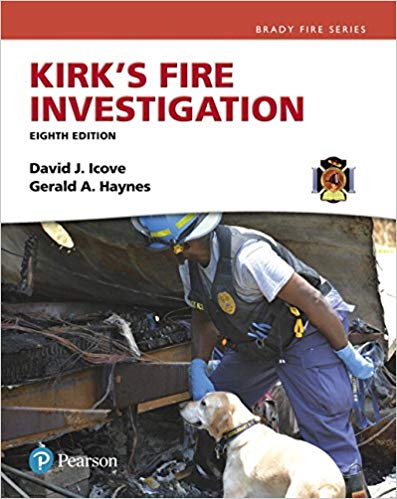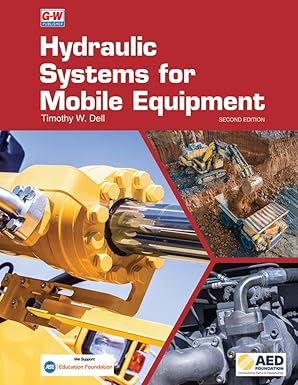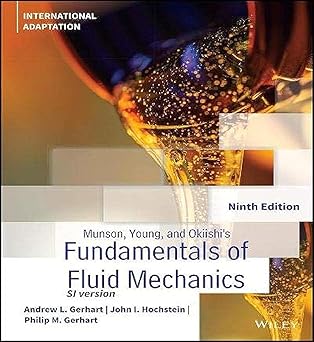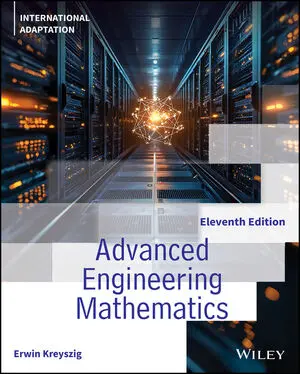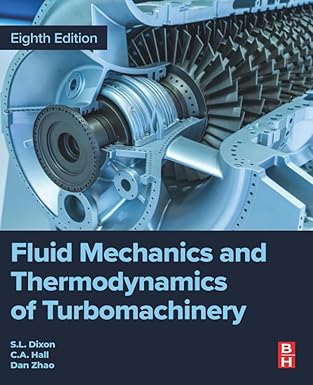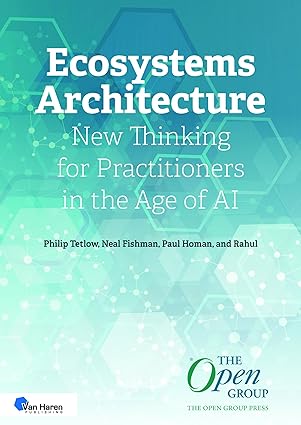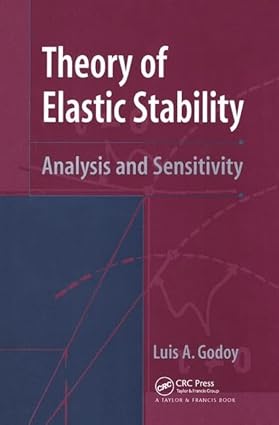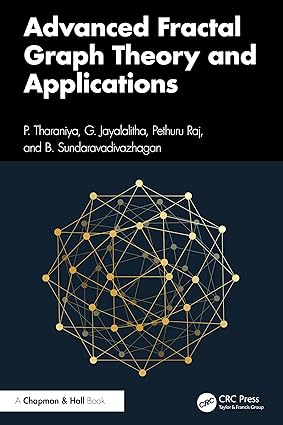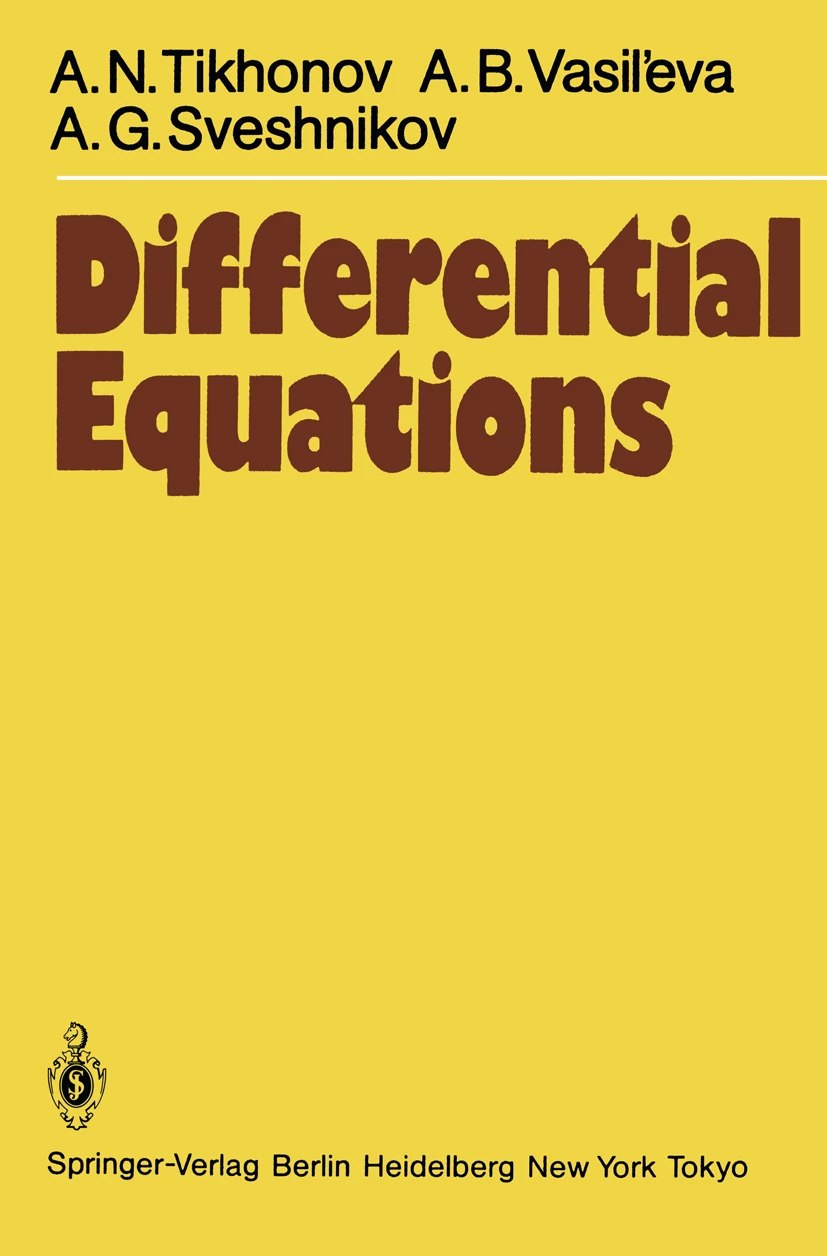دانلود کتاب Kirk's Fire Investigation (8th Edition) - Image Pdf
Author:
David J. Icove Ph.D. PE, Gerald A. Haynes
0 (0)
توضیحات کتاب :
The Eighth Edition of Kirk’s Fire Investigation is included in required and supplemental fire investigation professional training and certification programs by the National Fire Academy, the International Association of Arson Investigators (IAAI), and the National Association of Fire Investigators (NAFI)
سرچ در وردکت | سرچ در گودریدز | سرچ در اب بوکز | سرچ در آمازون | سرچ در گوگل بوک
1,815 بازدید 2 خرید
